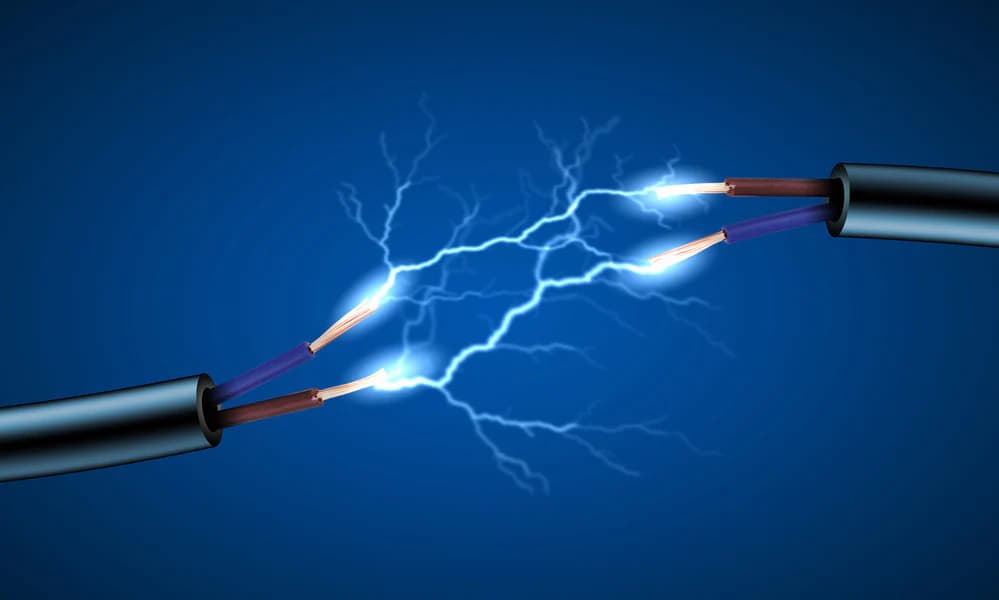
Wireless charging, as the name suggests, is charging without a cable. Similar to WIFI, it is theoretically possible to power electronic devices such as mobile phones anytime, anywhere. However, wireless charging can’t be transmitted to WIFI so far for the time being, and now mature solutions can only achieve wireless charging within 10mm, and generally a distance of about 3 to 5mm is better. However, wireless charging technology also contains unlimited potential. In this blog post, we will discuss the potential of wireless charging technology.

The Potential of Wireless Charging
Basic Principle
Wireless charging is a technology that uses the principle of near-field induction, or inductive coupling, to transmit energy from a supplying device to a receiving device, which is a bit like the interaction of volts, watts to amps. The charging process does not require a wire connection, so it is called "wireless". Wireless charging technology can generally be divided into three types: the first type is short-distance transmission through electromagnetic induction; The second type is "magnetic resonance" which transmits electrical energy in the form of electromagnetic wave "radio frequency" or non-radiative resonance; The third is to transmit power wirelessly in the form of microwaves.
Electromagnetic Induction
Most of the wireless charging on the market is electromagnetic induction, the working principle is to put the transmitting coil and the receiving coil in two separate devices when the electrical energy is input to the transmitting coil, it will generate a magnetic field, the magnetic field induction to the receiving coil, it generates a current, so as to build a set of radio energy transmission system. At present, the most common charging solution uses electromagnetic induction, which means that mobile phones and wireless chargers need wireless coils.
Electric Field Coupled System
Power is transmitted through an induced electric field generated by two sets of asymmetric dipoles coupled in the vertical direction, and the basic principle is to transfer electrical energy from the sending end to the receiving end through the electric field. Compared with traditional electromagnetic induction, electric field coupling has the advantages of a higher horizontal degree of freedom of device position during charging, a thinner electrode, less heat during transmission, and higher power utilization efficiency.
Radio Wave Reception Mode
This method is similar to common WIFI wireless networks. In principle, the radio wave transmitter converts electrical energy into a radio wave, which is picked up by a receiver connected to a mobile phone, and then converted into electricity. With the use of radio waves to charge mobile devices, the future space distance will be significantly improved. However, compared with electromagnetic induction wireless technology, the radio wave method is not popular at present.
Application Scenario
Wireless charging technology can be widely used in consumer electronics, automotive, industrial, and other fields, among which consumer electronics is the most important application, and mobile phone wireless charging has developed most rapidly. So, wireless charging is still mainly used in mobile phones and other products and is gradually penetrating into tablet computers, laptops, etc. The future charging application scenarios can also be extended to public places such as offices, restaurants and cars, trains, planes, and other transportation vehicles, providing wireless charging transmitter scenarios will be more extensive, and will provide greater convenience.

Conclusion
Wireless charging has unlimited future potential, I believe that in the future market, we will not only see the figure of wireless charging technology in mobile phone charging applications but also be applied in some wired electronic devices, these applications can change the way we use electricity now, change the human living environment at the same time, the formation of environmental protection and convenient harmonious development of a new social model.
Leave a Comment